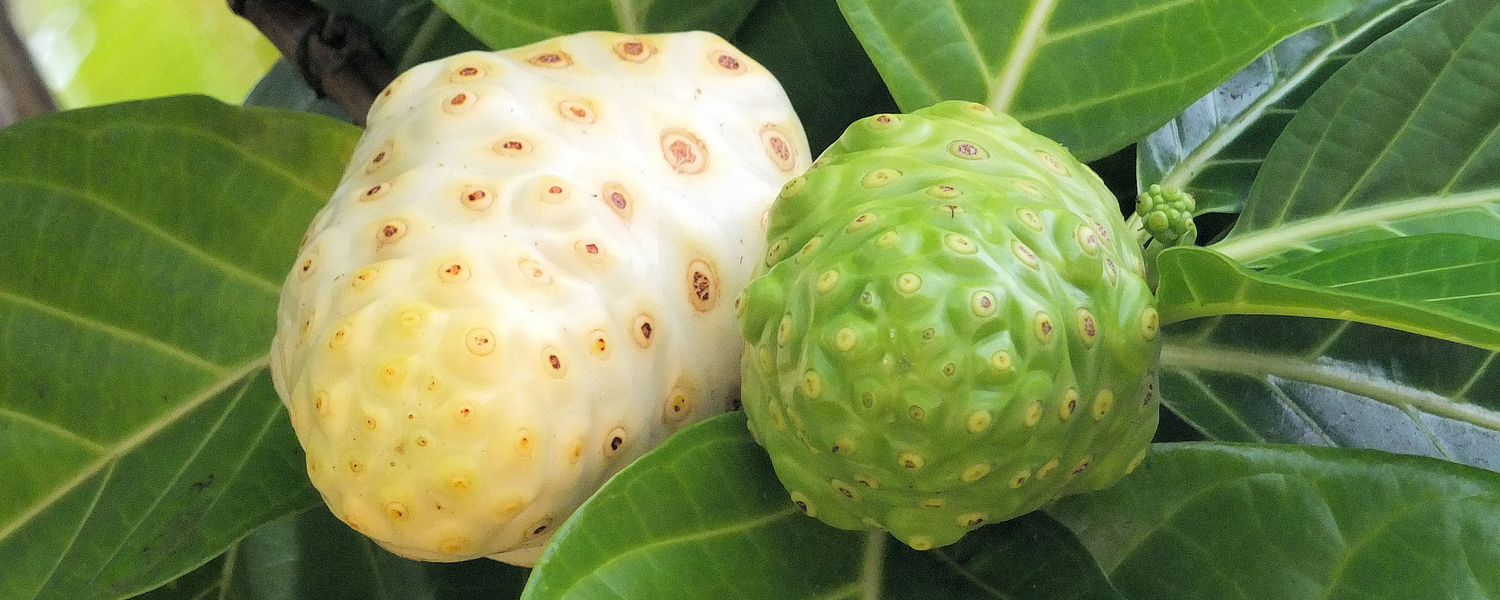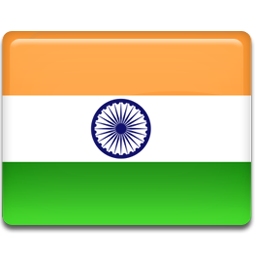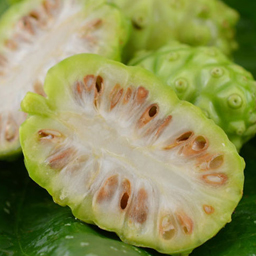
The noni fruit that is also called by various names of which the Indian Mulberry being the most common, has been in the world for more than 2000 to 3000 years. The origin of the fruit is said to be in Southeast Asia and the Polynesian Islands of France. The noni fruit was actively used as an ingredient in ancient Asian and Polynesian cultures. Although the recorded history is from more recent times, this fruit has been around for ages. In ancient India, when people started looking for plants and fruits that were not only edible but could also be used for medicinal purposes, many such plants were found. They developed a science of healing diseases known as ‘Ayurveda’ which means ‘the science of life’ in English. This science is still practiced and is a very advanced natural medicinal system where all the medicines are derived from only the parts of the plants such as the fruits, flowers, roots, bark and stems etc.
The ancient Indian writings have described the noni fruit as Ashyuka which means longevity in Sanskrit. When the people of this region left their country for some other places, they took a stock of noni fruit with them to serve them as a complete food and as a balancing agent.

Apart from India, the noni plant is also used in the tropical areas all over the world. Malaysian people call it Mengkudu. The Southeast Asians call it Nhau, the South Pacific island people call it Nonu, especially in places like Tonga and Samoa. Some of its other names include “Noni” in Tahiti, Raratonga, Marquesas and Hawaii respectively. Similar to being the part of Indian Ayurveda, it also has its roots deep into the Polynesian culture. It was one of the most important food sources for them and was known as the famine fruit. The fruit was nutritious and filling and had some amazing health benefits. But, the problem with consuming it regularly was that it had a very bad taste and smell to it. So, unless it was necessary, people did not consume it. The fruit was and is consumed either raw or as juice or cooked with other vegetables.
When the Europeans invaded the South Pacific regions during 1700s , they learned about the advantages of the noni fruit from the natives of that area. The Europeans made a note of these things and the fruits have been mentioned in a lot of European texts. Sometime later, during the time of the World War II, the troops based in the Polynesian islands learned the benefits of the noni fruits from the natives and started using it to increase their strength and cope with the fatigue.

Noni finds its use in both traditional medicine and food. It is an intrinsic part of many cuisines such as Chinese and Polynesian. The whole nono plant is a huge medicine in itself and every part of the plant finds some use somewhere. Even the leaves and bark have been used to treat a number of ailments ever since 2000 years ago. People in different areas have different ways of consuming the noni fruit. Not only the fruit but the other parts of the plant were consumed in order to gain good health and cure diseases.
